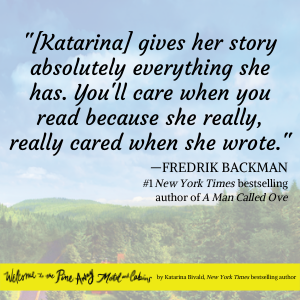Adding DCI Ian Ahmed
DCI Ian Ahmed at the Devon & Cornwall police is called in to investigate the murder of Reginald Trent. He believes modern day police work is more a matter for Dr Watson than Sherlock Holmes. The lone genius days are a thing of the past. Today it’s all about teamwork.
He’s just returned from a three-week hiking vacation. He’s eager to immerse himself in the investigation, allowing all other aspects of his life to be put temporarily on hold so that he can focus exclusively on the challenging demands of a large scale, high-profile murder investigation.
And he’ll need all his skills and experience on this one. No one in the village is talking to the police, everyone seems to have hated the murder victim, and if that wasn’t enough, the entire village seem determined to use the murder for their own means. He soon has multiple suspects confessing the murders to several different tabloids. And that’s before the Great Diddling Tourist Board gets involved.
One of my main aim with this serie was to create a truly modern, competent, sympathetic police counterpart to my amateur sleuth. Too often in cozy crime the brilliance of the amateur detective is established by having a mind-bogglingly stupid police officer. Not so in Great Diddling: Iam Ahmed is smart, astute, and believes that modern day police work is more about team work than the lone, brilliant detective, more doctor Watson than Sherlock Holmes. But make no mistake. That doesn’t mean he’s not brilliant.
But he’ll have his hands full with this crazy village. That’s for sure too.




